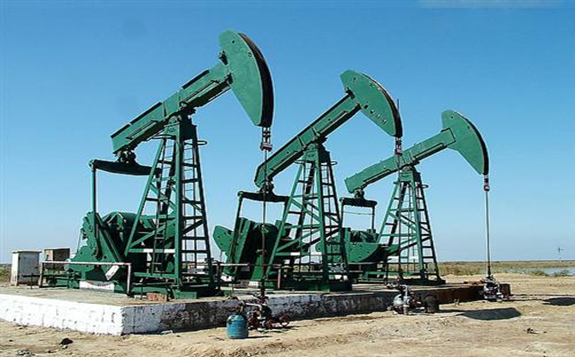U.S. benchmark West Texas Intermediate (WTI) is over $40 a barrel, a price level it has struggled to surpass in the past. The uptick is the result of investor enthusiasm over the fact that global oil supply is still under control.

A positive meeting on Thursday of OPEC and its allies, led by Russia, helped add to the market’s confidence that producers would further cut production to comply with the 9.7 million barrel a day reduction agreement. International benchmark Brent is above $43.
The OPEC-plus alliance appears very serious about enforcing compliance with the agreed-to cuts and laggards like Iraq, Nigeria, Angola, Azerbaijan and Kazakhstan are, so far, falling in line. Global supply and demand have effectively been rebalanced. All of that is good news.
Prices in the $40s may be here to stay and require no further support other than the current OPEC-plus alliance cuts.
There are clouds on the horizon for the demand side, however.
Traffic on Beijing’s roads has fallen sharply as authorities there attempt to deal with a new round of coronavirus cases. All while some U.S. states, including populous states like Texas and Florida are seeing record daily increases in Covid-19 cases.
A second wave of coronavirus infections remains a real concern for global demand. Investors’ alert alarms are sounding loud and clear: if the spread of the virus isn’t brought under control and governments around the world have to resort to another round of the same measures that brought much of the global economy to a standstill for the past three months, it will crush the oil markets.
These fears will curb some oil price gains in the near-term.
Another potential downside is the possibility of more supply coming online from U.S. producers as they ease curtailments put in place at the height of the coronavirus lockdowns.
Markets also must work through massive global inventories – roughly 1.3 billion barrels added so far this year – to achieve any further sustained price increase from here on out. Despite improved demand in key markets like China and the United States, the inventory overhang – for both crude and fuel products – remains a major concern.
High U.S. oil inventories may overshadow the demand optimism and OPEC’s efforts to enforce previously announced cuts. The recent strong distillate drawdown is a good sign that the reopening of the economy and the bounce in transportation fuels is having a positive effect, but crude inventories remain stubbornly high.
There are positive signs that the market is moving in the right direction, though. The forward price curve is steadily moving into backwardization, giving refiners greater incentive to draw from storage because the price of oil on the spot market is higher than the price of oil for future delivery. We’ll be stuck in the price range of $40 to $45 a barrel for awhile, but we could be at $50 by the end of the year if supply discipline holds.
Refining margins are atrocious across the globe, which means refinery utilization will remain low in the near-term. The International Energy Agency expects global oil demand to drop by 8.1 million barrels a day in 2020 – the largest annual fall on record. And that’s an improvement from the IEA’s projections in April and May. The IEA is projecting demand for oil around the world to grow by 5.7 million barrels a day next year, which is below 2019 levels.
The impressive rally we’ve seen in oil prices since the end of April, the reopening of several economies around the world, and a return of risk sentiment in the broader markets, has boosted shares of oil stocks virtually across the board.